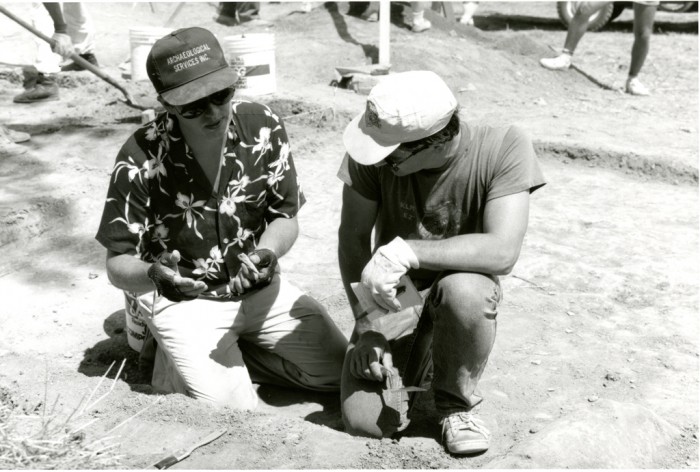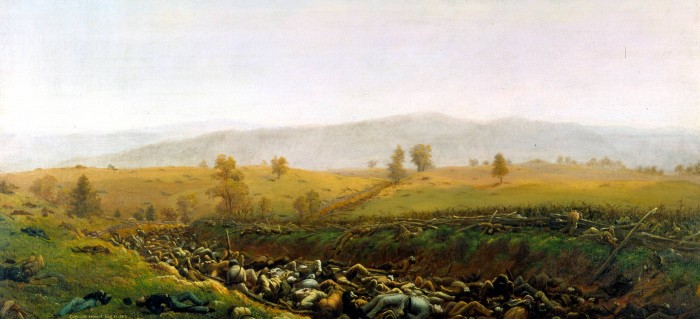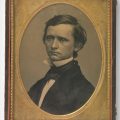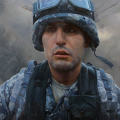Today in Smithsonian History: August 17, 1988

Anthropologist Doug Owsley (left) and an archaeological dig team member examine a bone fragment unearthed at the Antietam battlefield. (Photo by Richard Strauss, as featured in the Torch, October 1988)
August 17, 1988 A press conference is held in the National Museum of Natural History to announce the discovery and excavation of a previously unknown Civil War burial site at Maryland’s Antietam Battlefield.
Normally, newly discovered Civil War remains are simply reinterred, usually in the nearest military cemetery. But this time historians, anthropologists and archaeologists from the National Park Service and the Smithsonian Institution tried to identify the remains.
Based on a preliminary analysis of some fragments of bone and military equipment found at the site, including a number of embossed buttons and religious medals, they have concluded that this unknown soldier was one of four enlisted men buried in the grave. All were almost certainly members of the Irish Brigade of New York, which was one of the front Union elements in the Bloody Lane fighting.
The grave, which is not far from Bloody Lane, may have been exhumed shortly after the war, with most of the remains moved to a military cemetery in the nearby Antietam National Battlefield Park. But the reburial was hastily done and a number of smaller fragments were left behind. Among them was a cluster that included not only Irish Brigade buttons but also an arthritic shoulder bone, some well-worn front teeth and some pieces of chest bone shattered by three Rebel rifle slugs. It is this cluster that most intrigues the historians, anthropologists and archaeologists.
The presence of three slugs hints that the soldier was in one of the front ranks, cut down early while Rebel volleys were still concentrated. The arthritic shoulder and worn teeth indicate that he was perhaps 45 years old or more, unusually old for a Union infrantryman at that point in the war. The medals, including a crucifix, mark him as a religious man. Read more from the New York Times >>

The Aftermath of Bloody Lane by Capt. James Hope, who was present at Antietam. (Image courtesy National Park Service)
Courtesy of Smithsonian Institution Archives
Posted: 17 August 2019
- Categories:








